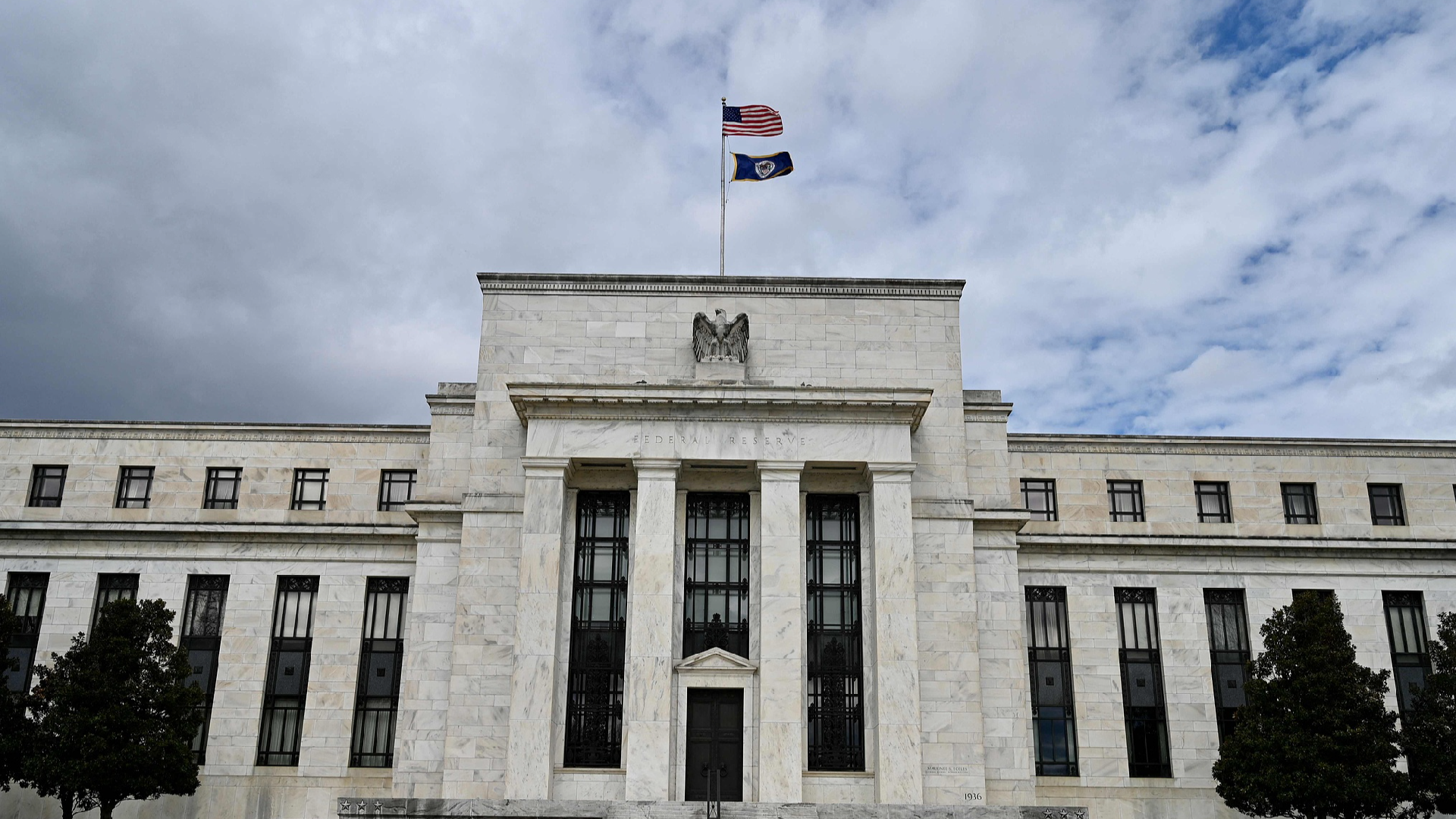Impacts of Fed's rate cuts on the global economy and financial markets
In today’s interconnected global economy and financial landscape, adjustments to the Fed's monetary policy function like a "butterfly," creating not only economic shifts in the U.S. but also initiating chain reactions across global markets. Although the true impact of this rate-cut decision is yet to be seen and assessed, it is essential for policymakers and investors around the world to stay alert and engage proactively.

The U.S. Federal Reserve recently concluded a two-day monetary policy meeting with the decision to reduce the target range for the federal funds rate to between 4.75 percent and five percent, a drop of 50 basis points. This adjustment is the first downtick in interest rates initiated by the Federal Reserve since 2020. Historically, such a significant rate reduction of 50 basis points by the Fed typically signals a severe economic turmoil. The proactive cut suggests that the Fed is aiming for an economic "soft landing" and is cushioning against anticipated contraction in economic activities. The implications of this move are significant and wide-ranging, affecting the U.S. economy, global economies, and the international market landscape.
At the Federal Reserve’s meeting held on September 17-18, predictions were strong that the Federal Open Market Committee would slash the peak rates by 25 basis points. This expected rate cut was a notable policy shift for the Fed. Anticipation of the adjustment already triggered major market shifts, as seen in the significant uptick in bond prices before the actual cuts.
**Direct impact of Fed's rate cuts**
The most immediate effect of the Fed's lowering of rates is the reduced cost of borrowing which boosts both consumer spending and investment within the U.S. economy. Lower interest rates decrease financial burdens on both companies and individuals, enhancing economic activities and elevating market confidence. For companies, it translates into less expensive financing options, spurring expansions, new projects, or mergers and acquisitions. For consumers, lower borrowing costs on loans like mortgages and credit cards mean more disposable income, which fosters increased spending.
Yet, these rate cuts could also ramp up inflationary pressures. While current inflation rates are deemed manageable, further reductions could overheat the economy and lead to price hikes. Thus, the Fed must tread carefully to balance inflation with economic growth and avoid unpredictable monetary easing that could destabilize price stability.
**Global spillover effects**
Fed’s rate reductions typically have wide-reaching international effects. Being a major global central bank, its monetary policy decisions significantly influence other central banks and financial market behaviors.
Firstly, these cuts can prompt capital to migrate from the U.S. seeking higher returns in emerging markets, thus energizing their financial markets. However, this could introduce financial instability, particularly if these nations' economic foundations are weak.
Secondly, similar easing measures are often adopted by other significant central banks, setting a global trend of relaxed monetary policies. In today's slowing global economy, these central banks, including the European Central Bank and the Bank of England, might lower their rates to combat local economic issues and stabilize financial markets.
**Fed actions on Chinese economy**
The rate reductions by the Fed also affect the Chinese economy intricately. These cuts can alleviate pressure from capital outflows by reducing the interest rate differential between China and the U.S., which, in turn, helps stabilize the yuan and lessens intervention by the People's Bank of China.
Moreover, it might prompt the PBOC to slightly relax monetary policies to manage economic slowdowns and high financing costs. Although PBOC's decisions primarily rely on domestic conditions, a globally relaxed monetary atmosphere could necessitate some rate adjustments to support ongoing stable economic growth.
**Rate cuts on currencies & gold**
The dollar's value is directly impacted by these rate cuts, typically leading to decreased expectations on returns for dollar-dominated assets and resulting in capital moving towards higher-yielding assets. This devaluation impacts not only the U.S. but also alters the international trade dynamics and affects financial markets worldwide. For example, a weak dollar could escalate commodity prices like oil and gold, which are globally priced in dollars.
As the yuan strengthens against a depreciating dollar, this can adversely affect Chinese exporters by potentially diminishing export competitiveness, although a stimulated U.S. economy could increase external demand for Chinese products.
Gold generally benefits from Fed rate cuts as they tend to weaken the dollar and reduce real interest rates, making gold a more attractive investment for those seeking to preserve value and hedge uncertainty.
**Domino effects of Fed's rate cuts**
The interconnection of worldwide economies and financial systems make the Fed's monetary policies particularly pivotal. While the outcomes of this policy change remain to be fully realized and assessed, the potential for widespread effects underscores the need for continual vigilance and responsive action from policymakers and investors globally.
Ian Smith for TROIB News
Find more stories on Business, Economy and Finance in TROIB business












